
Sustainable dining: Hong Kong restaurants that source food locally, cut waste, recycle and compost
- If the carbon footprint of your meal troubles you – and with 90 per cent of Hong Kong’s food imported, why wouldn’t it? – these chefs find ways to lower theirs
- Not only that, using locally grown vegetables and locally raised chickens means the dishes they serve are fresher and more nutritious. What’s not to like?
It has taken six years, basically since Chan founded Grassroots Pantry, for her to be able to source this way.
“We have some of the best, freshest produce. The fresher it is, the more nutrients there are, and the [lower the] carbon [footprint] we’re creating. It lasts much longer, too. I can keep fresh [local] produce in the fridge for five to six days, whereas if it’s air-flown, then it [won’t last as long] and you can taste the difference for sure,” says Chan.
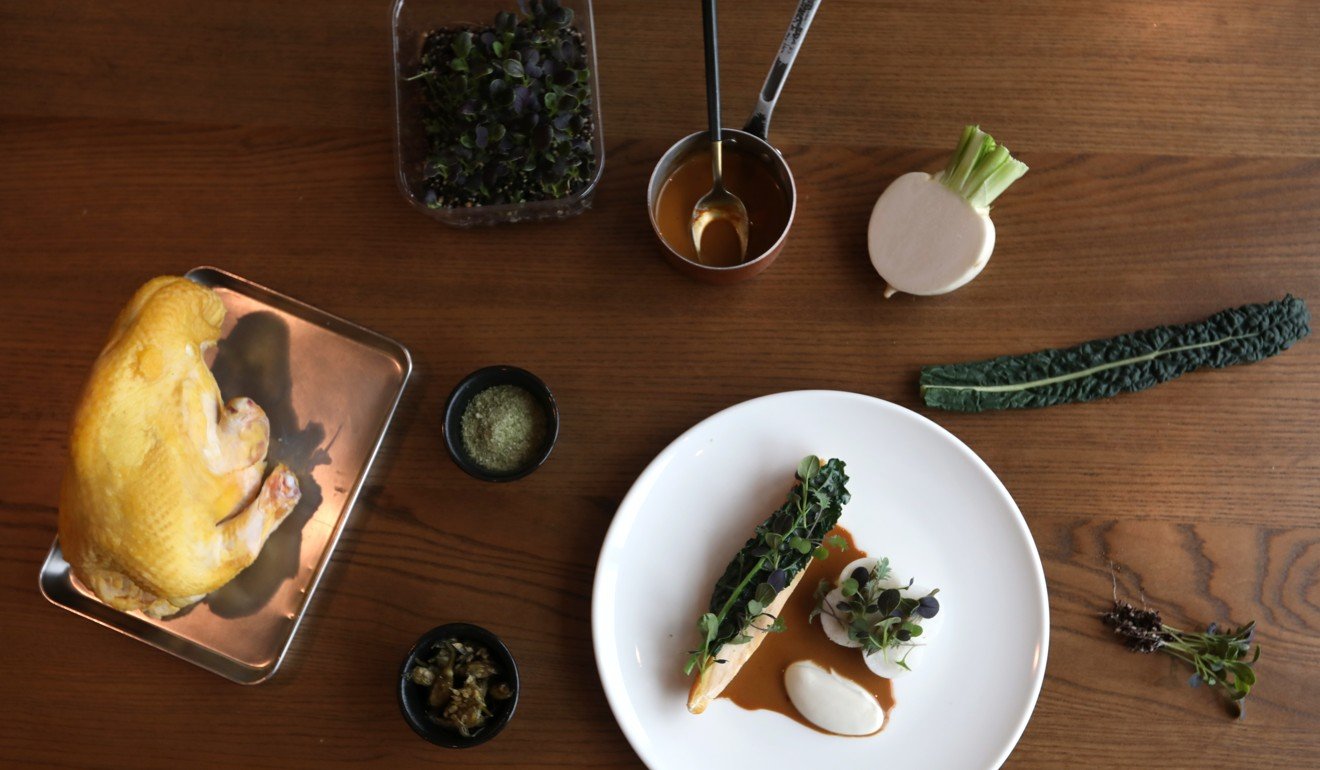
At Roganic Hong Kong, an outlet of chef Simon Rogan’s Roganic in London, sourcing locally is part of the DNA. Rogan has a farm and casual restaurant in Cartmel, a village in the Lake District in the northwest of England, where great produce is almost a given, but that vision was harder to execute in Hong Kong.
“[Sourcing locally] takes getting used to, but it’s what we try to do,” says Oliver Marlow, head chef of Roganic Hong Kong. The restaurant in Causeway Bay, which opened early this year, has been committed to sourcing locally since day one, and has a member of staff whose sole job is to procure high-quality local supplies.

“The longer vegetables are out of the ground, the less flavour and nutritional value they have,” says Marlow. “It always tastes amazing the day you pick it, but if you pick it and it sits in the fridge for a week, then you’ve lost all that flavour.
“So that’s what we try and do – use fresh and local. And we always try to work with local people, build better relationships – it’s better for the environment, and I think people appreciate that now.
“We source all our vegetables from Hong Kong [farms]. When we started we didn’t get any meat in Hong Kong. We had no idea, but now we’ve gotten used to it.” The restaurant sources chicken and seafood locally.
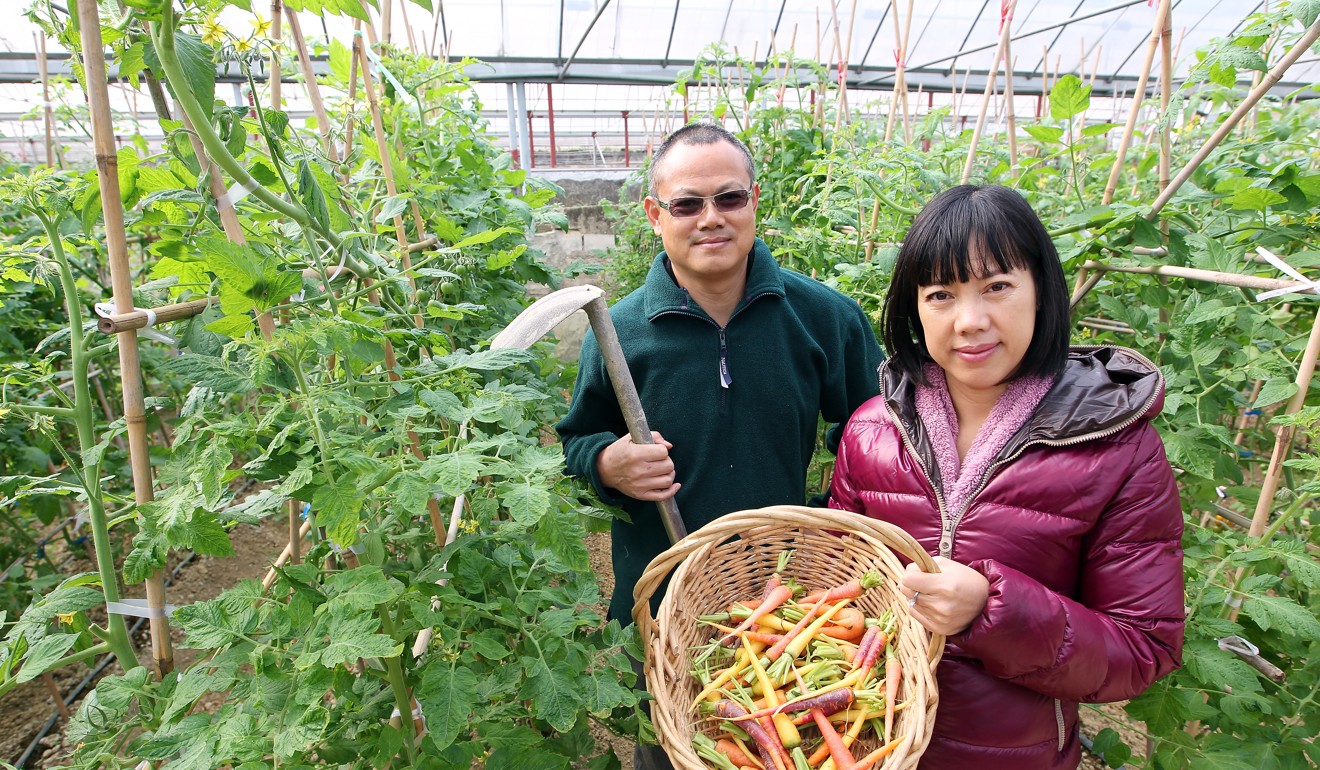
Haku’s executive chef, Agustin Balbi, says: “I wanted to make a dish that represents a basic idea in Japanese cooking, which is to cook with what is around you. It’s been one of the pillars of Japanese cuisine forever, so if we say we’re a Japanese restaurant, we should follow the pillars of the culture.”
Once or twice a week, he goes to Zen Organic, an organic farm in Ta Kwu Ling, near Hong Kong’s border with China, to pick ingredients himself.

So far, so sustainable. For meats, fish and other ingredients not produced in Hong Kong, many chefs choose transparent, well-documented supply chains, avoid fish on the red list of threatened species kept by the International Union for the Conservation of Nature, and source directly from a farm they know first-hand.
Sustainable menus aren’t the only concern – what doesn’t end up on the plate is just as worthy of attention. Restaurants are known to discard a lot of food, from meat trimmings to produce that’s rotten or damaged in transit. In 2012, 36 per cent of Hong Kong’s solid waste sent to landfills was food waste, and of that, around a quarter was from the commercial and industrial sector.
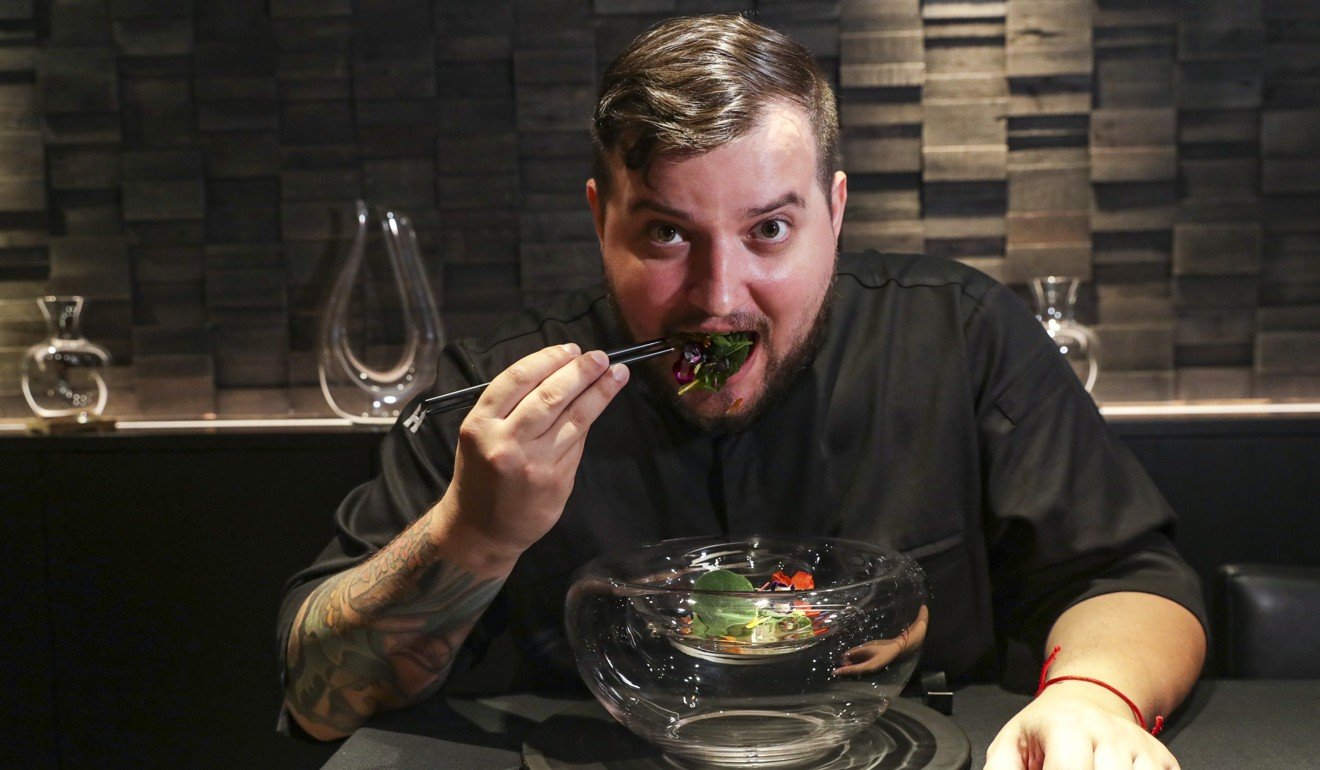
The fruit is infused in Lillet Blanc for 24 hours, then drained, blended and dried into chips, which become a snack served with the drink. “It’s small,” he admits, “but it’s a first step.”
Combined with simple swaps, such as offering reusable metal straws instead of disposable plastic ones, and using washable, reusable coasters, initiatives like these not only reduce waste, but have become a springboard to start conversations with customers and team members.
“The team actually started to ask me questions, like, ‘Why are we throwing this away?’ and is giving me new ideas like using dehydrated fruit chips and upcycling old bar tools,” Gabrillo says.
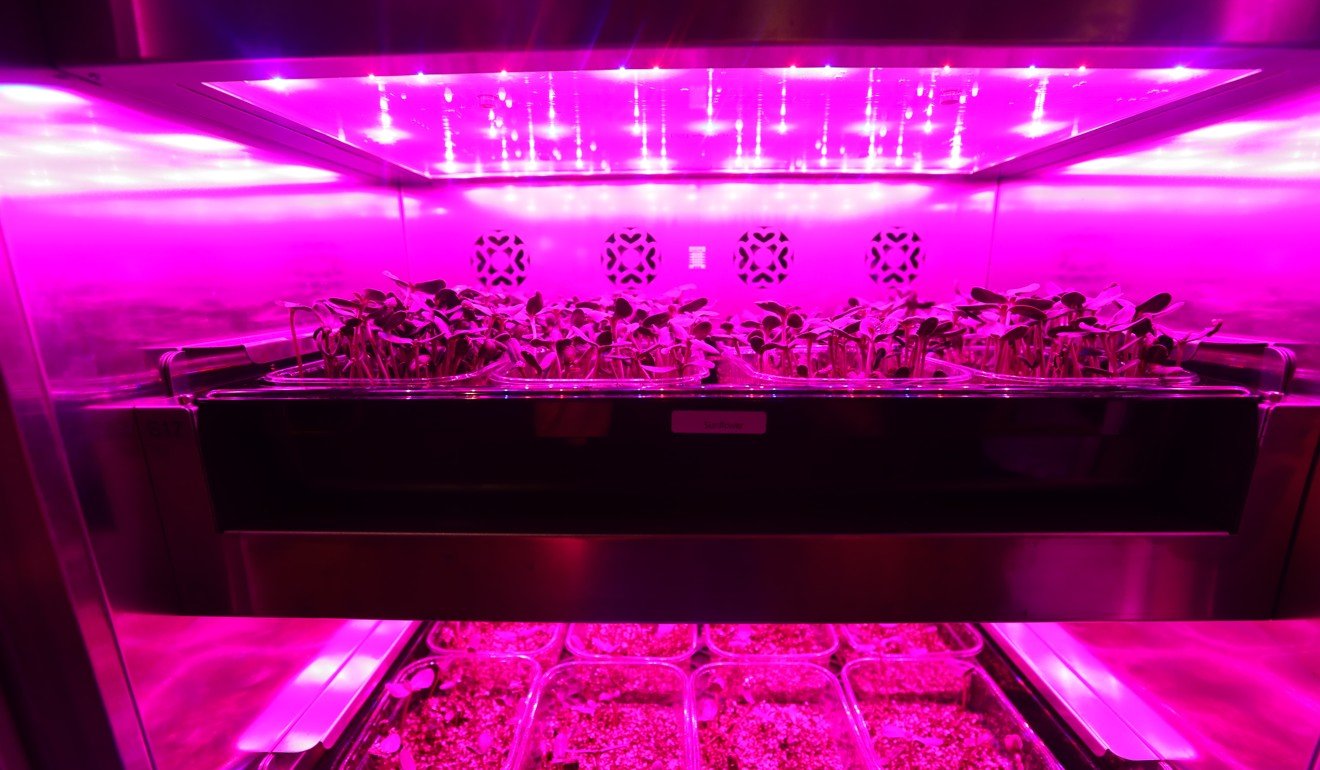
In the kitchen of Old Bailey is head chef Wong Kwan-man. A chef in his fifties, Wong didn’t grow up in this new-found era of eco-awareness, but still, lowering food waste makes sense. “It is just good practice, and a sign of experience [in the kitchen], because we simply shouldn’t waste food,” he says.
“We order only what we need; some of the tougher vegetable parts we slow-cook with noodles, for example, and we use some of it in staff meals. We put offcuts of chicken in soups – we don’t waste.”
Using up what some might throw in the bin is something other restaurants do, too. Amber has long had a dedicated collection point for vegetable scraps for use in stocks. At Grassroots Pantry (and now, at Nectar), cooks made trimmings and peels into snacks, soups and other dishes.
We’re trying to create a culture that creates a necessity for people to change their habits
What can’t be reused in cooking can still be diverted from landfill through methods such as composting and using food waste digesters that turn food into a liquid that can go into the sewers.
“With composting you’re also creating more carbon mileage, so we try to divert in-house first with the ORCA,” says Chan, referring to a food waste digester.
While this sounds like a perfect system, digesters do have limitations. They can’t take hard objects (bones, avocado pits) or anything too stringy or fibrous.
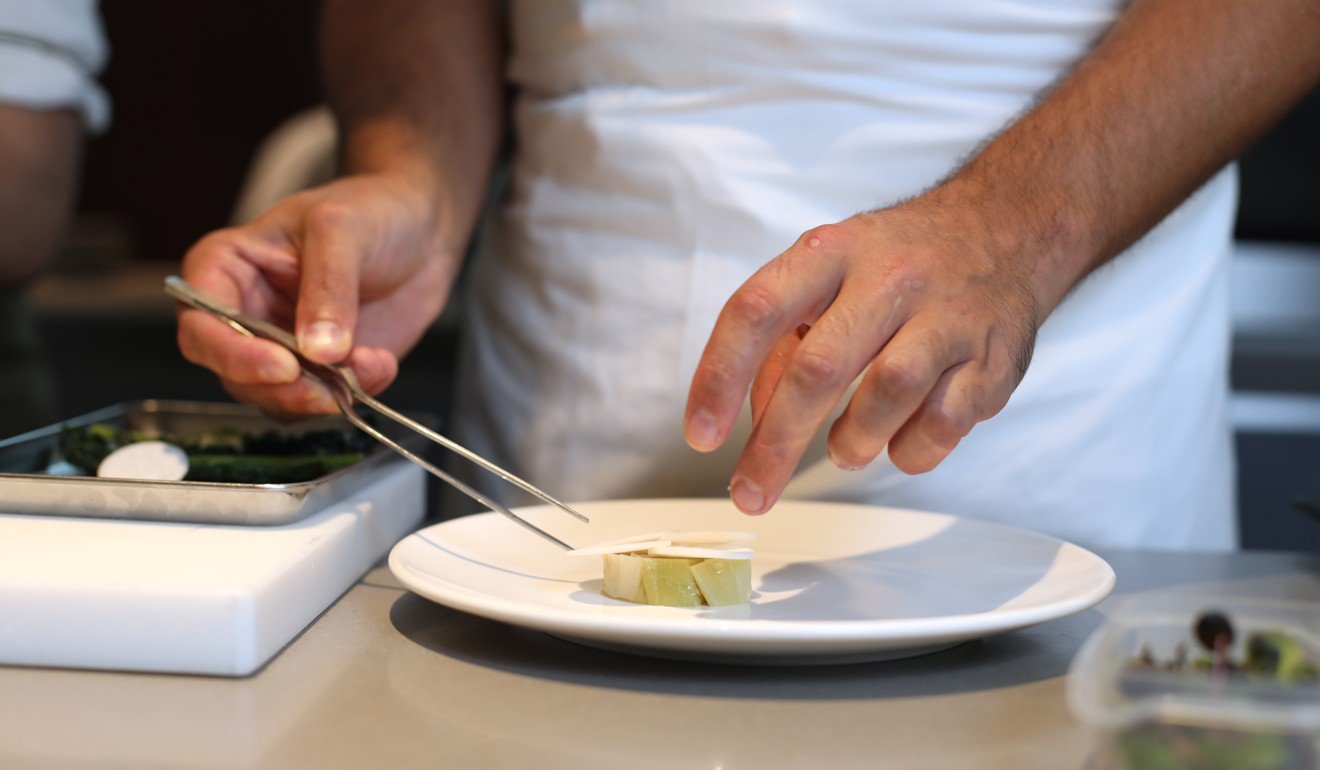
Marlow has been looking into composting ever since he found out that a farmer Roganic buys from is willing to pay for compostable waste. “We pay to get waste taken away, so if he comes to pick up our food waste, then everyone wins. It’s hard work, but it’s totally worth it in the end.”
Packaging materials constitute a large part of a kitchen’s waste. Through initiatives such as installing water filters and carbonators, restaurants can avoid plastic and glass bottles, not to mention reduce the carbon footprint created by shipping heavy containers of water across the globe.
We always try to work with local people, build better relationships – it’s better for the environment, and I think people appreciate that now. We source all our vegetables from Hong Kong [farms]
The last resort, after reducing and reusing, is to recycle. On this Hong Kong doesn’t have a great record, with only 35 per cent of solid waste recycled, and the remainder sent to China.
The fact that in Hong Kong, it’s not a requirement for households and businesses to recycle is astonishing to Marlow, a new arrival from the United Kingdom, where not separating waste could land you a fine.
Sourcing food responsibly, lowering waste, recycling – these strategies are all sustainable, but as Chan says, the heart of the matter is “habit change”. Everyone has to be willing to make these small changes together.
“We’re trying to create a culture that creates a necessity for people to change their habits,” she says. At the restaurant, she hires staff who “are willing to change, so we have a shared responsibility of thinking about where waste goes, and how to reduce waste in general”.
She hopes her team will “change their habits at work, where they spend ten hours a day, and hopefully that can inspire them to change their habits at home, and pass it on to the next generation”.
Look out for more stories from SCMP Lifestyle this month about sustainable living

